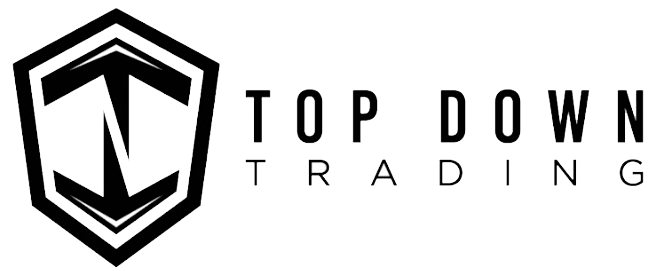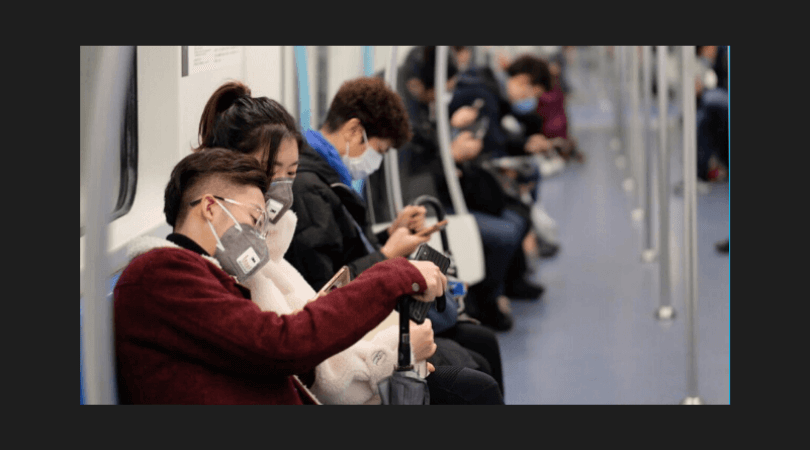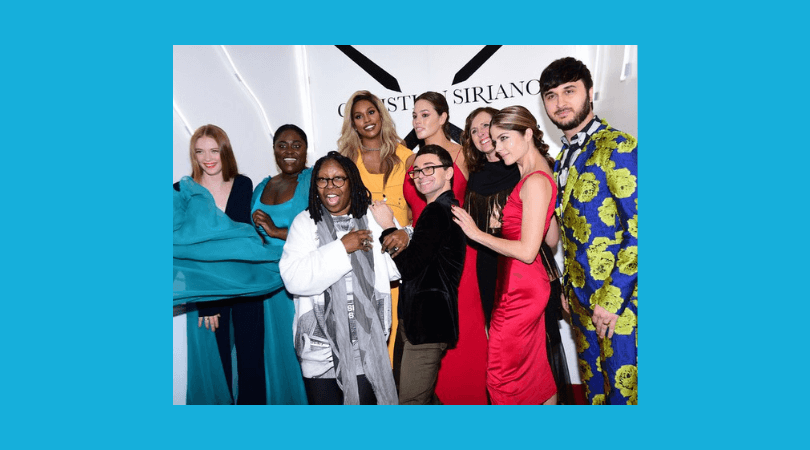As January comes to an end, it’s only been little over half a month since the Chinese government warned its citizens — and the world — about the coronavirus. On January 31st, as the outbreak continues to spread, with more than 8,000 reported infections worldwide, citizens up to the news that WHO officially listed the coronavirus as a global emergency, elevating the situation from a China-only crisis to a global one.
Coping with the crisis
In the past 17 years since the outbreak of the deadly SARS virus, China has become deeply integrated into the world economy, which has helped spread the coronavirus beyond the mainland, effecting a host of global industries, including travel, tourism, and retail. Additionally, economists have warned that the timing of the virus could send China’s already fragile economy into further turmoil, compounding the newly announced US-China phase one trade deal and China’s venture into a consumption-driven growth model.
As for the global luxury fashion industries, which rely heavily on China’s vast production and consumption power, things were already slowing down before the advent of the virus. And now, it’s only projected to get worst. Given this, Jing Daily has talked with various affected stakeholders, from luxury brands to small fashion business owners to lawyers and consumers in order to better understand how the luxury fashion industries are coping with the latest ongoing crisis.
Supply chain disruptions
“Many industry trade shows are now canceled,” said Vincent Djen, the director of Cheng Kung Garments and the Chief Strategy Officer of REmakeHub, a company that provides circular solutions for plastic waste, explaining how the coronavirus has already disrupted many fashion industries’ plans for 2020. To name a few, Spinexpo, the industry sourcing exhibition dedicated to innovation in yarns, fibers, and knitwear, and the China (Shanghai) International Optics Fair, which are held in Shanghai in February, have both been postponed.
Moreover, two Chinese staff members, one from a luxury brand and another from beauty company disclosed that they are now working offsite to revise their first half of the year planning and projections. Many industry insiders have also shared their concerns about whether upcoming major fashion shows, like Milan Fashion Week in late February and especially Shanghai Fashion Week in late March, will be postponed to prevent the potential of further spreading the virus.
The postponing of trade shows and fashion shows may slow down new business from happening, but a more immediate concern is the disruption of the supply chain. Even though most factories are still closed due to the Chinese New Year break, many factories are now delaying the start of production because of the fear of inappropriate health procedures for their workers, which will have a ripple effect throughout the global fashion production cycle.
According to Djen, usually, most of the Fall 2020 collection orders from Europe arrive in February, with manufacturing in March to meet the major delivery month of April, which now could be delayed until May or June. Furthermore, as a result of the ongoing crisis, the production of Autumn and Winter collections may also be delayed if the situation gets worst, directly effecting the businesses of most European companies that rely heavily on Chinese manufacturers.
“If brands have not diversified their productions outside of China, then there isn’t much they can do to minimize the losses,” suggested Xi Yang, an attorney at the Seattle-based international law firm Harris Bricken that specializes in investment with China. “Factories are closed now and will not resume production anytime soon. Even when they resume production, it does not guarantee they will have enough manpower to complete orders placed, or they will make products that meet the buyer’s standard.”
Retail slump
Many cities in China are following a governmental order to remain on a soft lockdown mode. And consumers that normally hit the stores around the Chinese New Year holiday have opted to stay home to minimize their outdoor exposure, which has added to a sharply declined foot traffic in shopping malls this January. Many malls have chosen either to significantly shorten their business hours or shut down completely. The loss is hard to quantify. On January 28, Dalian Wanda Commercial Management Group, the landlord of many high-end retail malls in China, waived rent for all Wanda Plaza’s tenants across the country from January 24 to February 25, with estimated costs between $429 to $572 million (3 to 4 billion RMB).
Going digital, however, seems to be the only bright spot for many vendors. Riding on the current supply and demand trend, one livestreamer said that they shifted their product selection from skincare and makeup to cleaning supplies. The Shanghai-based beauty brand, BrighterBeauty, pivoted as well. On January 30, it announced to its customers via WeChat, Weibo, and SMS that they can now make orders for facial sprays, collagen shots, probiotics, and protein powder via their WeChat Mini Program and enjoy fast home delivery. Industry veterans, too, are positive about the development of online retail. “The SARS in 2003 escalated a number of e-commerce companies’ growth, such as Taobao and JD.com, brands should treat the crisis as an opportunity to develop omnichannel.” suggested Gu Guojian, a retail expert to Chinese media linkshop.
On the other hand, the virus has simply dampened the desire to shop. “Not in the mood,” “Who am I showing off to,” “Health comes first now,” are a few common sentiments that we’ve read so far. In some cases, the fear of the coronavirus latching itself on the outside of a package has stopped people from shopping except for necessities like groceries and cleaning supplies. In fact, it seems that only grocery or convenience stores are weathering this crisis well.
What’s Next?
Starting February 2, as many companies welcome back their employees to work, the biggest question on every business owners’ mind is how to ensure the safety of their employees? Most noteworthy, is the issuing of a few new employment rules from the government, ensuring companies to better protect and benefit employees during epidemics.
“Some cities have been issuing new rules almost every day, be sure to check and follow all of them,” advised Yang. “In addition to being law-abiding though, at the end of the day, the employees are human beings who want to stay safe and healthy, and do not want to be punished for the virus outbreak, so be mindful of the human side of all this when making employment decisions.” Many companies have since adopted new safety measures for staff and customers.
Behind every disaster, however, there is a silver lining. “Asia has room for monetary and fiscal policy responses, and these virus shocks tend to be short-lived and cause a V-shaped trajectory in economic activity, as there is a lot of pent-up activity once the virus peaks,” said Rob Subbaraman, the Head of Global Macro Research and Co-Head of GM Research, to Bloomberg News. A key Chinese figure in the fight against the virus, Zhong Nanshan, the Director of the State Key Laboratory of Respiratory Disease in China, said previously that the wave of infections will slow in early February and will not increase in large scale.
It’s possible, and as the post-SARS period showed, that there will be an increase in consumption once the virus is controlled, and consumers are once again willing to spend some of their disposable income on upmarket goods. “This (situation) can take up to six months, so it’s possible that this is a two-quarter rather than a one-quarter thing,” suggested Arend Kapteyn, Chief Economist at UBS global, to Bloomberg on January 28. “But it’s way too early to knock down your China forecast sharply.”
Source: Jingdaily.com
by Ruonan Zheng
Image Shutterstock





